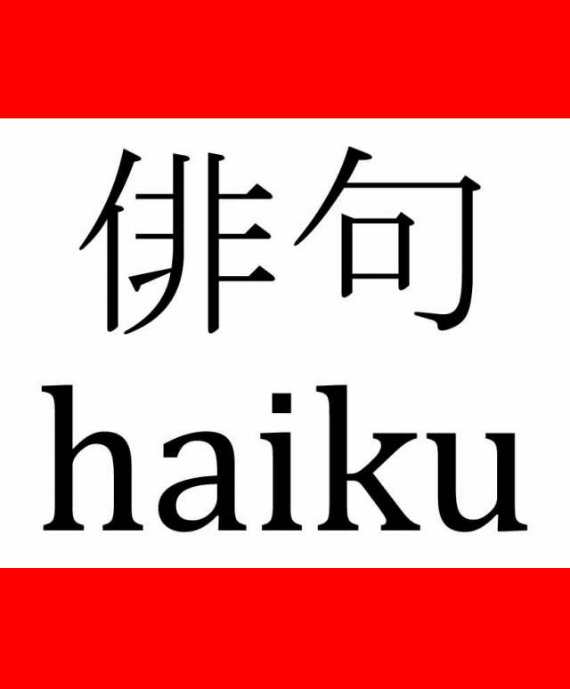Haiku Poems

Haiku Poems are a type
of Japanese poetry which found acceptance as a
legitimate art form more than 300 years ago when the poet and former
samurai warrior Basho (b. 1644 – d. 1694) devoted himself to the genre.
By the mid-1800’s this style was thought to be on the wane in Japan but for the efforts of Masaoka Shiki, an eminent poet and literary critic who revived interest in the form.
The structure comprises 17 syllables arranged in three consecutive lines of 5, 7, and 5 syllables respectively. In actuality this is the common English language form, as the Japanese syllables are slightly different.
By the mid-1800’s this style was thought to be on the wane in Japan but for the efforts of Masaoka Shiki, an eminent poet and literary critic who revived interest in the form.
The structure comprises 17 syllables arranged in three consecutive lines of 5, 7, and 5 syllables respectively. In actuality this is the common English language form, as the Japanese syllables are slightly different.
Some examples:
Nature's Dance
A flower in bloom
Music to the bumble bee
Beauty to the eye
The Bee
Buzzing in the spring
Hovering over flowers
Honey is its trade
Water
Flowing through the pipes
Rushing out of the faucet
Refreshing and cool
Flying in the Modern Age
Soaring toward the clouds
Class system is still extant
Coach seats exit last
The writers at My Word
Wizard have produced a body of verse according
to the English version of the traditional Japanese form.
There is much more to the genre than we can mention in this brief introduction, and we touch upon some aspects of it in the linked pages below. We urge you to seek out more information and even try your own hand at it.
There is much more to the genre than we can mention in this brief introduction, and we touch upon some aspects of it in the linked pages below. We urge you to seek out more information and even try your own hand at it.
We hope you enjoy!
*Some information sourced from www.britannica.com
Find a Poem that uses the Traditional Japanese Form
Click below to explore our selection of poetry.
Examples of Haiku : Let the writers at My Word Wizard help you learn more about the Japanese style with some examples of verse written in the traditional form. Each example uses the 5 syllable, 7 syllable, 5 syllable structure accepted as the English standard. We think you will just love this popular genre.